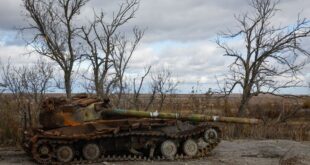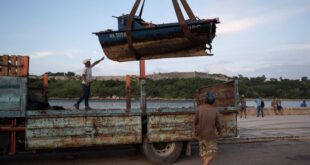One growing trend in robotics involves biorobots. Directly inspired by animal behaviour, these robots can be particularly effective, especially in hostile environments. Having replicated the movement patterns of several species, a next generation of biorobots designed with real living cells could be even more fluid and faster, paving the way for all kinds of uses.
Initially, this technology involved imitating the biological mechanisms of living beings to make robots more efficient, flexible and suited to different environments. In recent years, many researchers have developed robots inspired by insects, for example.
In Japan, tiny robots in the form of cockroaches have been created to move around in any natural environment inaccessible to humans, inspecting the quality of the environment thanks to various onboard sensors.
Meanwhile, in the United States, robots similar to tiny winged microchips could be used to monitor the evolution of pollution or certain diseases in specific regions. At Harvard University, the RoboBee caused a sensation a few years ago. Directly inspired by the bee, this miniature robot can both fly and swim.
More recently, NASA presented a snake-like robot. In a few years’ time, its role will be to slither into cracks and holes on the surface of Enceladus, one of Saturn’s many moons, in the hope of finding a potential underlying ocean.
But the next step is already underway. Under development in certain laboratories, this involves grafting genuine living cells onto a rigid skeleton to achieve even greater fluidity of movement and resistance to the elements. The integration of living cells or tissues makes for hybrid machines whose uses could one day be invaluable in the medical field, for example.
Micro-biorobots injected into the body could “deposit” a drug in a precise location, or repair slightly damaged tissue. In space exploration, these robots could go into extraterrestrial environments that are, by definition, totally unknown, and move around as they choose.
This trend demonstrates that many of the most advanced technologies are ultimately taking inspiration from nature. And in the case of biorobots, their potential is immense. – AFP Relaxnews
 BeritaKini.biz Berita Viral Terkini di Malaysia
BeritaKini.biz Berita Viral Terkini di Malaysia





